pv magazine: Could you give us a little bit of insight about Thinkphi?
Samit Choksi: Basically, our mission is to build products in the sustainable space, so the catch really is in solar, renewable energy or any green technology. Consider water treatment or cleaning waste facility; they are very industrial, but design is not big part of it. So, adding a design element to it makes it a design product with clean technology. We have taken a simple umbrella, which was non-functional or has a single function: to protect us from rain. We have added two more functions to it, so it does water harvesting now, with the solar power generation.
Can you explain in detail how the Ulta Chaata, or the inverted umbrella, works?
Ulta Chaata is a nickname. We named it as a Model 1080 because the structure, the geometrical angles of the internal structure, are ten eighty. Thanks to its structure standing on single center mass, we are able to have multiple sizes. Most of our load bearing element is in the center, and while our design or look remains the same, it expands, meaning the structure remains the same just the size of canopy or umbrella increases. So larger sizes can harvest more water when it rains and provide or capture more solar energy, covering large area with solar modules. During rainy days, the water goes through the canopy. There is a top mesh to reduce any larger organic matter and then there is an internal filter system, which reduces any suspended solid. This can be diverted to the tank for conserving the water. It includes solar modules, battery backup for the lighting, and a mobile charger. Any excess energy can be plugged into the grid. All the units of the model come with in-built inverters.
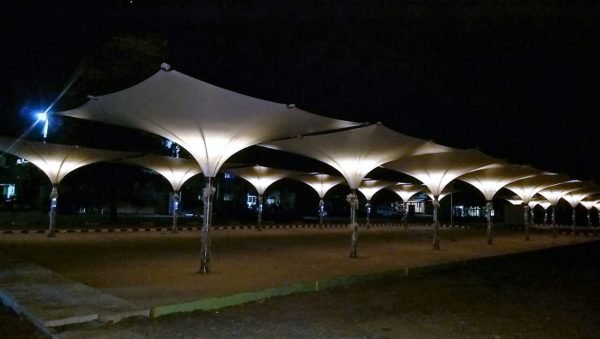
Image : Thinkphi
Can you tell us about how you are exploring the current Indian renewable energy market?
The solar market is definitely growing, and where we fit in is in between, with the target market of shade. And while there is big push towards rooftop solar, our product becomes interesting and has a good value proposition. So, with walkways or carparks you can add the solar module with our product installation. Now if you take this to a larger level, what we would be doing now is for Metros and railway stations. A typical railway or metro station gives you a 120 KWp because it is a curved roof, but if you use the 1080 XL model, you can go for 400 KWp on a railway platform or maybe even more maybe 500 KWp. Purely because it is flat roof, so there is more capture area. The metro guidelines are that the elevated platform is 185 meters to 200 meters: that is the standard platform. So, we can provide more capacity through our product where it can increase the solar output. For us, there are 800 to 1,000 elevated metro stations coming up. If more roof is provided, then there are more areas for solar companies that would want to do install solar there and do it on a per unit basis, so it would be an operational model. But the main thing is about providing the roof, and so metro or railway stations are the perfect places to implement this.
Are you pursuing contracts from Indian Railways or Metro?
Yes, we have received a contract for the metro in Maharashtra.
What kind of module do you use, and is domestically manufactured or imported?
We use a mixture of modules. We are now evaluating companies in India, but the cells are coming from outside India. We are manufacturing sufficient amounts here now. For the modules, we have tried a flexible module, and so we are moving towards flexible panels. One company in the U.S. who have flexible busbars helps to reduce the loss per cell. We use a mix of flexible and rigid modules, made of monocrystalline silicon.
How does the goods and Service Tax (GST) affect your product installations? And how many 1080 model installations have you done so far?
Well, it’s good for us, that is clear. We sell an environmental product, so it has 5% GST. Earlier we had excise duties going to 18%. The number of installations that we have done are 300 plus. In 2018, we are looking to do another 500 to 600 more.
Are you working on any other products or right now you are just concentrating on models of 1080?
Right now, we are just concentrating on this as we have more options and sizes. So, our basic smaller option 1080W come in a flatback version. It can be installed quickly in less than two hours. The box contains everything – the umbrella, the solar battery, so it is a plug-and-play. Our larger version is being engineered for higher wind tolerance.
Do you monitor your product’s performance?
We have a monitoring system, which we will soon introduce and sell independently. Firstly, it was used for our product but not sold as one. It is a microclimate device that we will be launching officially in Hyderabad, at the National Association of Software and Service companies (NASCOM), a trade association for Indian Information technology (IT) and Business Process Outsourcing (BPO), where there is a product design competition. It is a device that checks energy readings, so if there are 10 umbrellas installed it is wirelessly connected to every inverter and you can see how much energy is harvested. That data is pushed on a dashboard, the water collected can also be checked wirelessly. The other part is an AQI sensor that monitors air quality, temperature, humidity and other features, such as a sound check. Another unique part of this is the whole unit is runs on solar, so it is grid independent. It is an internet of things (IoT) device, connected to the cloud. We are also working on an Artificial Intelligence (AI) bot called Lucy.
The significance of energy storage is growing in India; are you pursuing that sector?
We are, we already have over 150 lithium-ion storage units. We have devices in the field that are operational. So, storage is a good sector. It is a natural progression for us or companies in the solar space. The key is cost; it is still expensive, the duties are very high, there is a 40% duty right now for batteries if you buy from China. That cost is already loaded with the body, the screen the battery pack comes with and some other software that it is running. You are not paying just for the battery cell.
This content is protected by copyright and may not be reused. If you want to cooperate with us and would like to reuse some of our content, please contact: editors@pv-magazine.com.
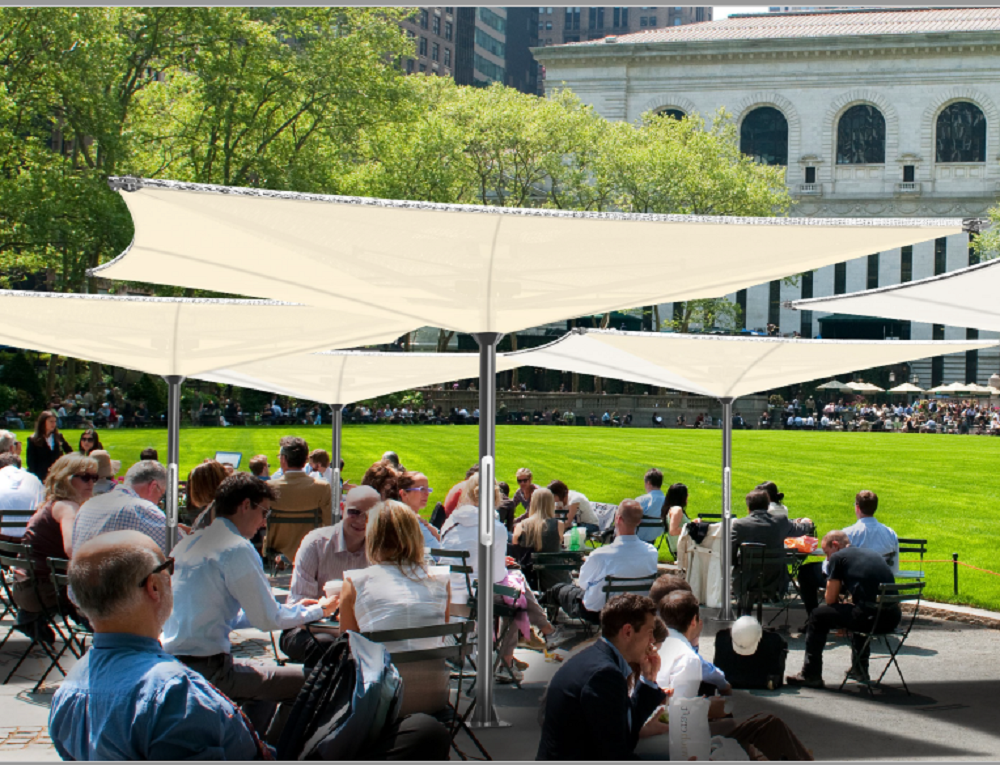
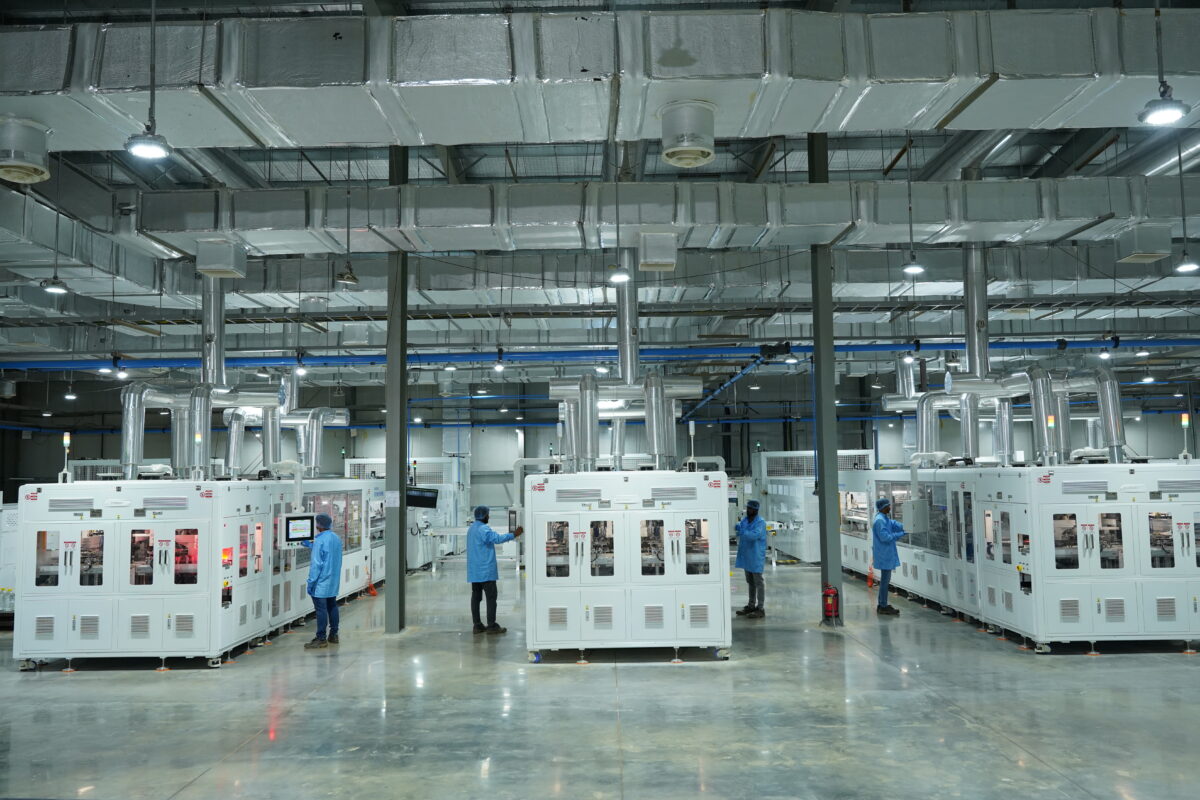


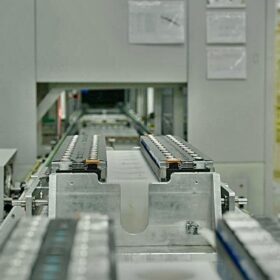
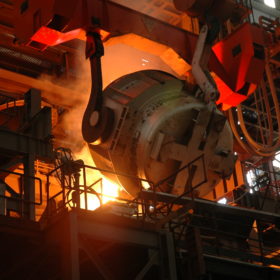
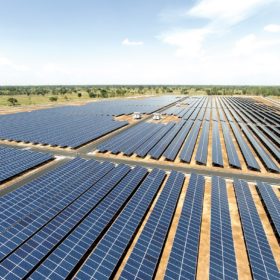
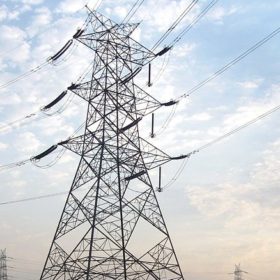
By submitting this form you agree to pv magazine using your data for the purposes of publishing your comment.
Your personal data will only be disclosed or otherwise transmitted to third parties for the purposes of spam filtering or if this is necessary for technical maintenance of the website. Any other transfer to third parties will not take place unless this is justified on the basis of applicable data protection regulations or if pv magazine is legally obliged to do so.
You may revoke this consent at any time with effect for the future, in which case your personal data will be deleted immediately. Otherwise, your data will be deleted if pv magazine has processed your request or the purpose of data storage is fulfilled.
Further information on data privacy can be found in our Data Protection Policy.